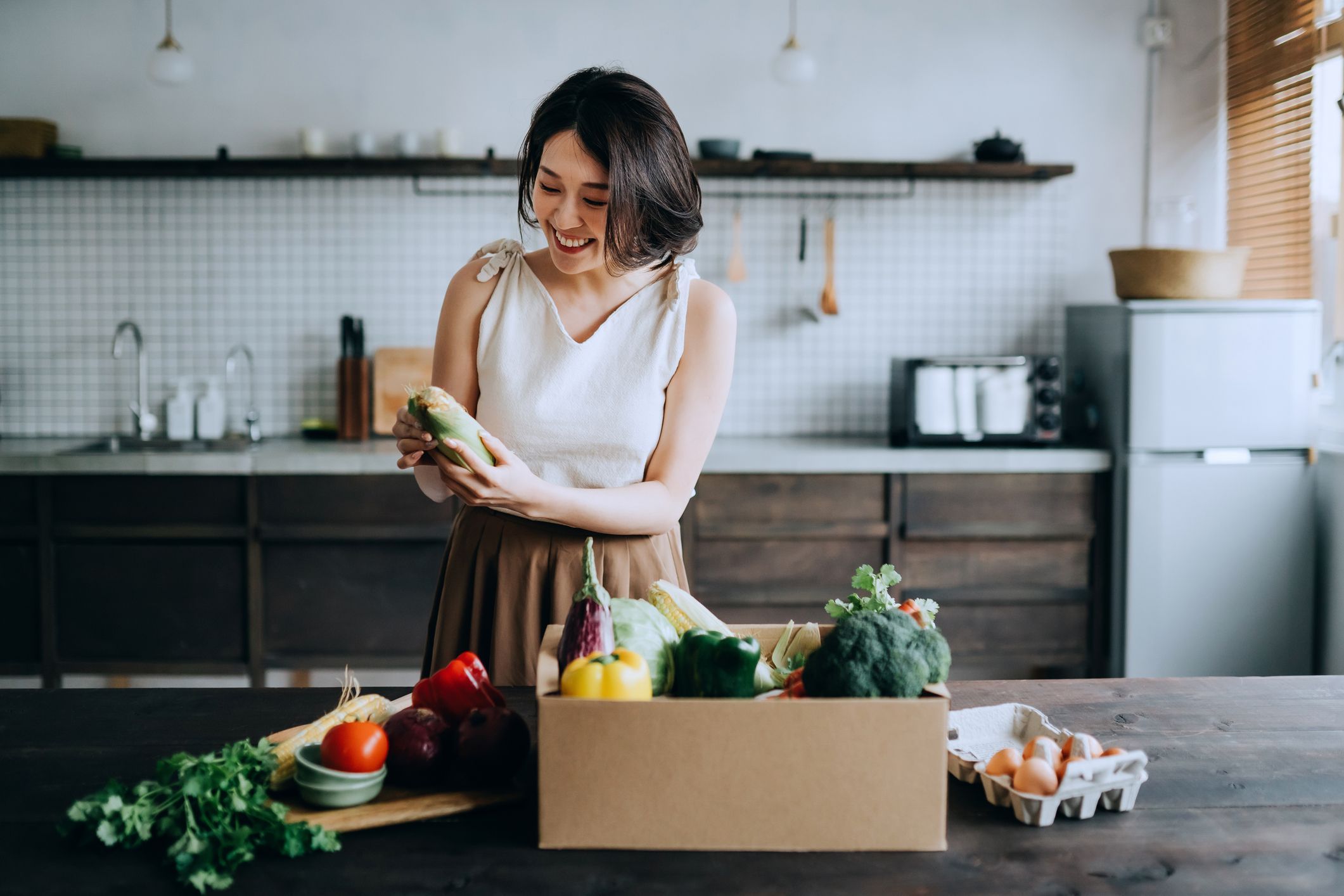
How to Create a Sustainable Kitchen without Breaking the Bank
May 14, 2025Cost-saving through partial renovations and surface wrapping
Full kitchen refits are expensive and often unnecessary. In many cases, cabinet structures are solid and functional. What clients dislike is the finish. This is where adhesive film comes in.
By wrapping cabinet door edges, drawer fronts, appliance panels and worktops with PVC or textured vinyl, you offer a visible transformation without waste. Here’s what that means in practical terms:
No removal or disposal of carcasses
No need to disconnect plumbing or electrics
Installation completed in 1 to 3 days
Savings of several thousand euros compared to full replacement
Clients benefit from less disruption. You, as an installer, benefit from efficient site time and more projects completed per month.
How to reuse and repurpose existing kitchen components
Adhesive film installation naturally encourages reuse. But the logic goes further. Before suggesting replacements, evaluate what can be kept:
Solid cabinet doors can be sanded and rewrapped
Handles can be updated or repainted rather than discarded
Old shelves or side panels can be cut to measure and repurposed as splashbacks
Leftover wrap can be used inside drawers or as lining under sink areas
This approach gives your work added value and helps your client reduce environmental impact without compromising on aesthetics.
Smart energy-efficient upgrades that go with decorative film work
Sustainability doesn’t stop at surfaces. When wrapping kitchen components, take the opportunity to guide your client toward energy-efficient add-ons that complement your work:
Install low-energy LED strip lights inside and under cabinets
Recommend replacing old appliances with A-rated energy-efficient models
Suggest fitting aerators on taps to reduce water usage
Encourage the use of compact, energy-saving appliances like air fryers or induction hobs
Where possible, pre-cut cable channels or vent openings before applying film. This ensures functionality without damaging the wrap later.
Which materials to avoid when aiming for low-impact renovations
As a professional, your material choices matter. If sustainability is the goal, avoid recommending or using:
Glossy laminate that scratches easily and wears quickly
Poor-quality films that fade under UV exposure
Surfaces requiring chemical-intensive primers
Trims made from non-recyclable mixed plastics
Instead, go for durable PVC wraps with matte anti-scratch finishes, flame-retardant ratings, and low-VOC adhesives. These not only perform better but also align with green building standards.
Sustainable techniques installers can offer to clients
Every job is a chance to show your client that sustainability and quality go hand in hand. Some techniques that reinforce this:
Use reusable masking materials and cutting mats
Collect and sort offcuts for recycling
Recommend wrap-friendly cleaning products that are biodegradable
Educate the client on how to maintain their wrap to maximise lifespan
If you’re on-site, show how a small repair (like replacing a single panel wrap) can extend the kitchen’s life instead of replacing multiple units.
How Cover Styl supports eco-conscious kitchen makeovers
Cover Styl offers more than just aesthetic finishes. The range includes products specifically designed to support sustainable renovation practices. That includes:
Long-lasting films with 10-year warranties
Finishes that replicate natural textures without harvesting wood or stone
Self-adhesive technology that removes the need for solvent-based glues
A wide palette of colours and patterns to refresh rather than replace
Clients increasingly ask what’s behind the look. With Cover Styl, you can confidently say that behind every modern surface is a conscious material choice. And as an installer, you become a key player in helping households reduce waste, energy use and unnecessary cost.
A sustainable kitchen isn’t just a goal for architects or designers. It’s a real opportunity for professional installers to bring meaningful, affordable transformation to the homes they work on. And it starts with smart materials, expert application and guidance that goes beyond the surface.